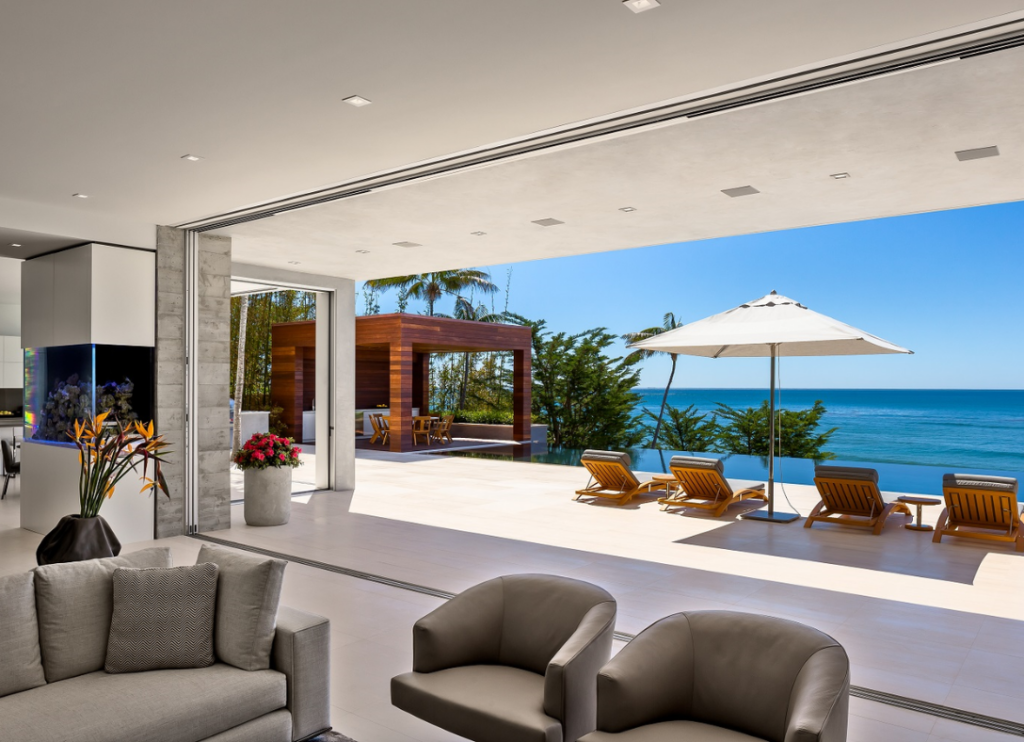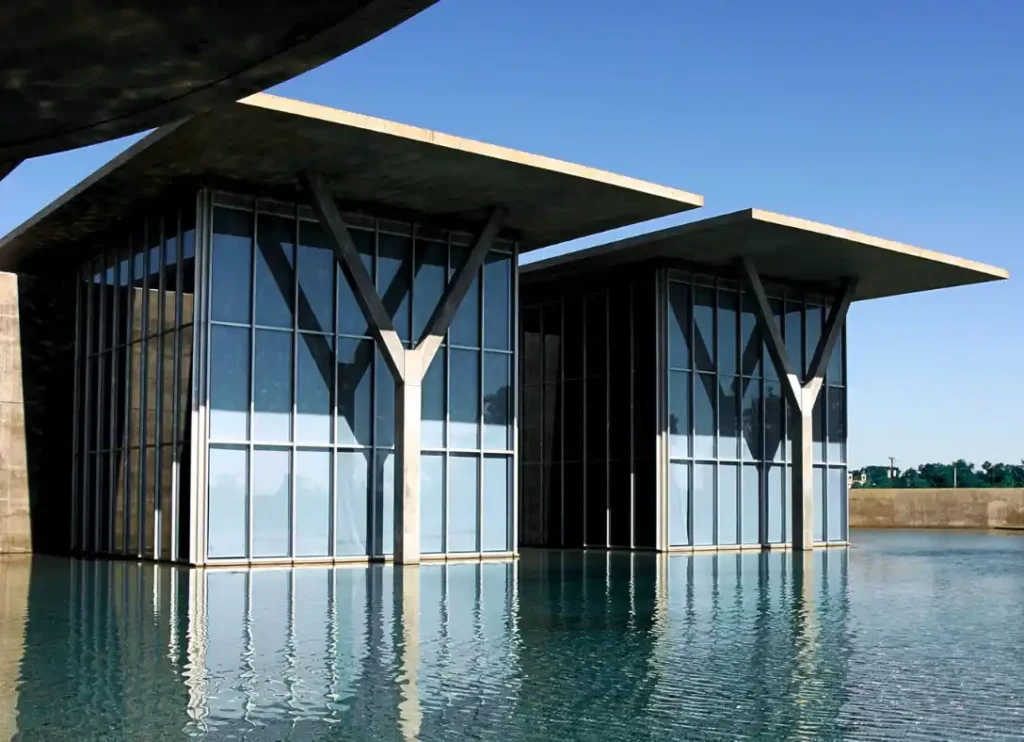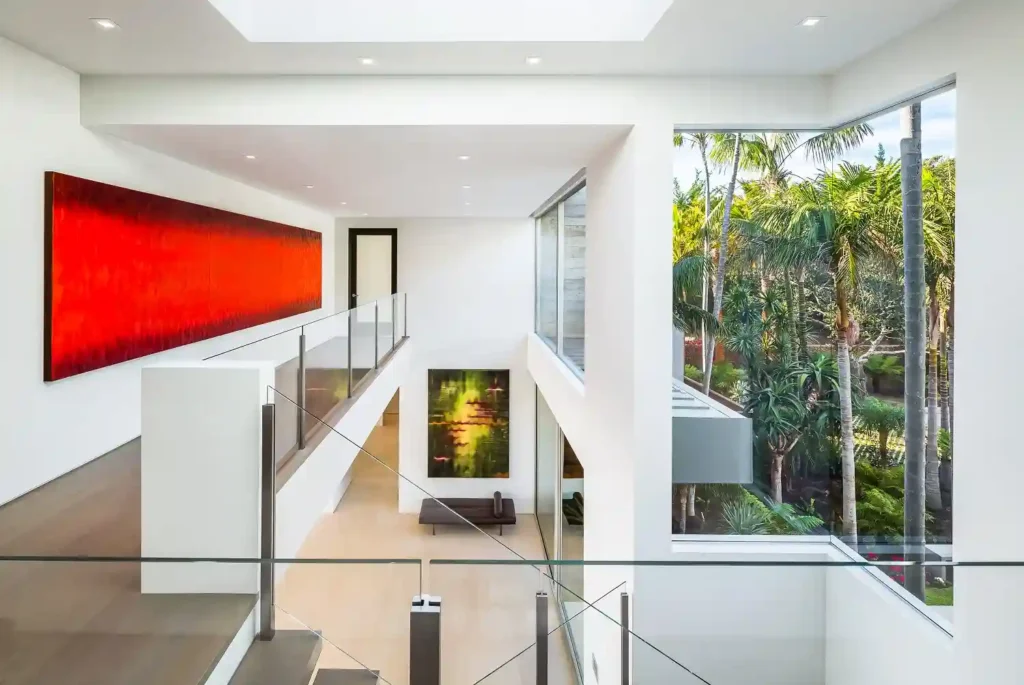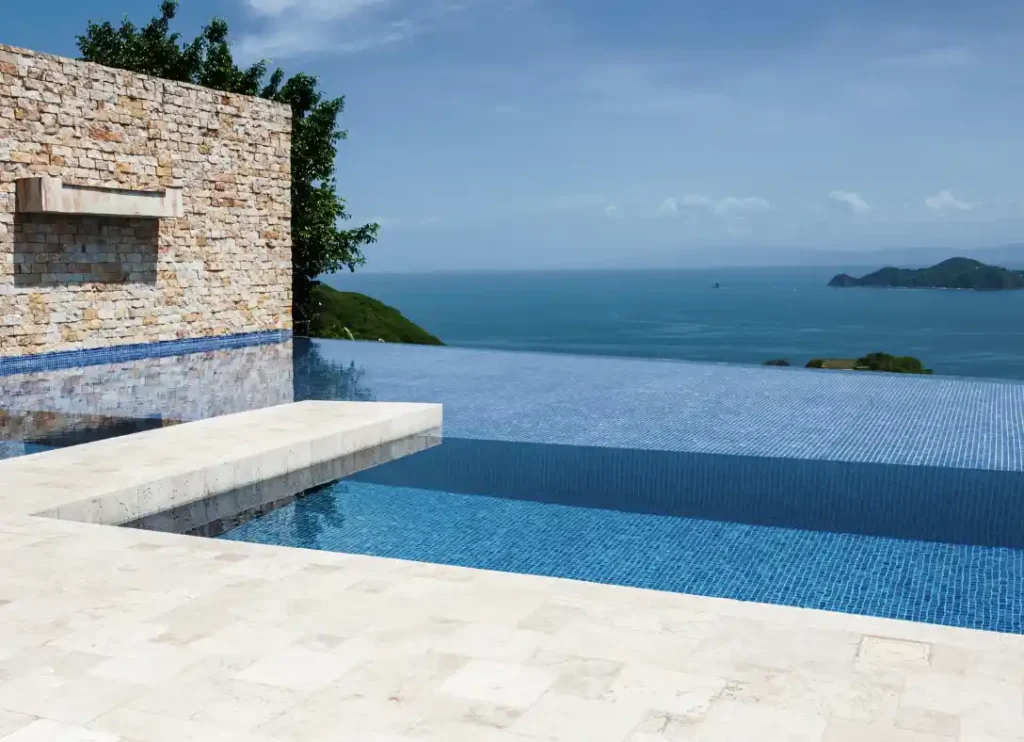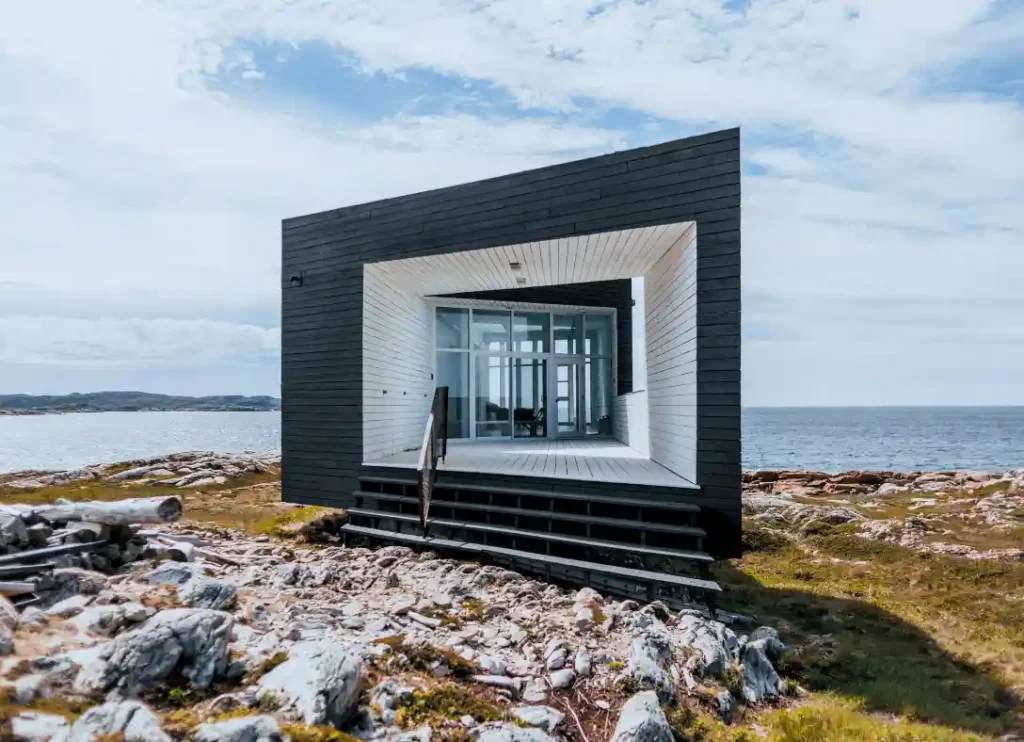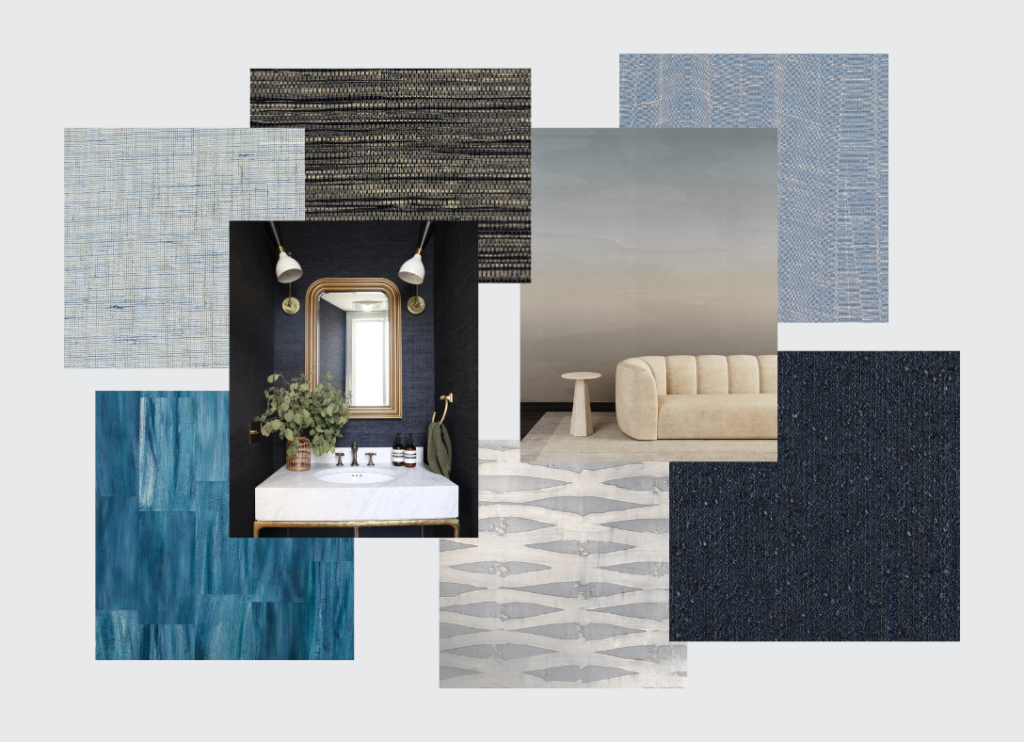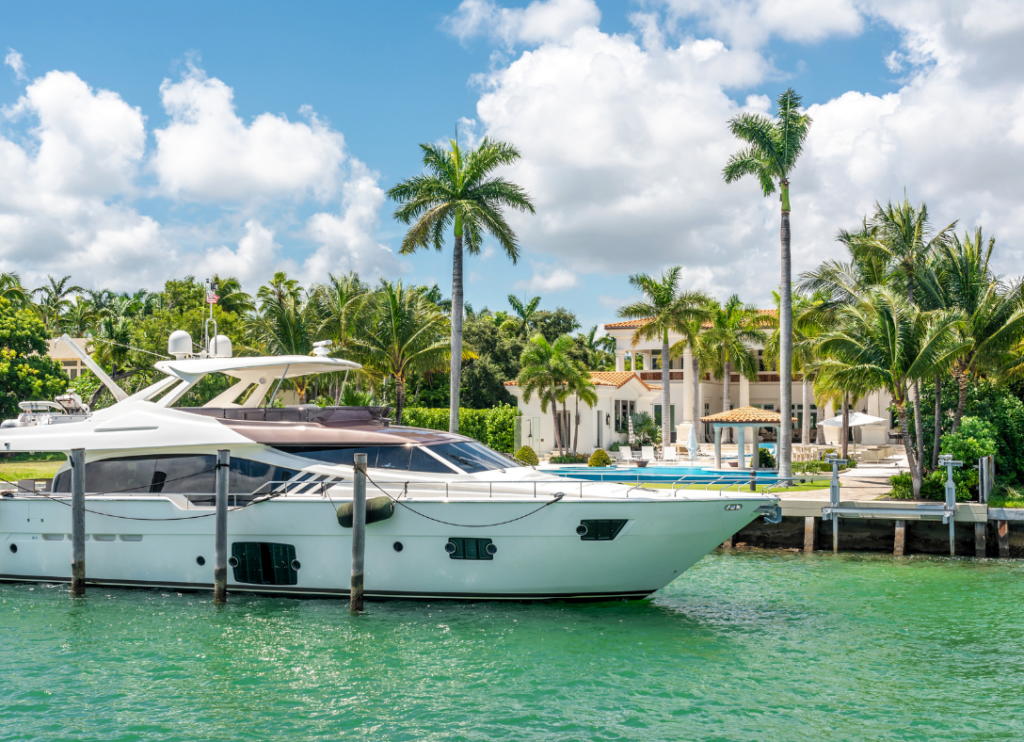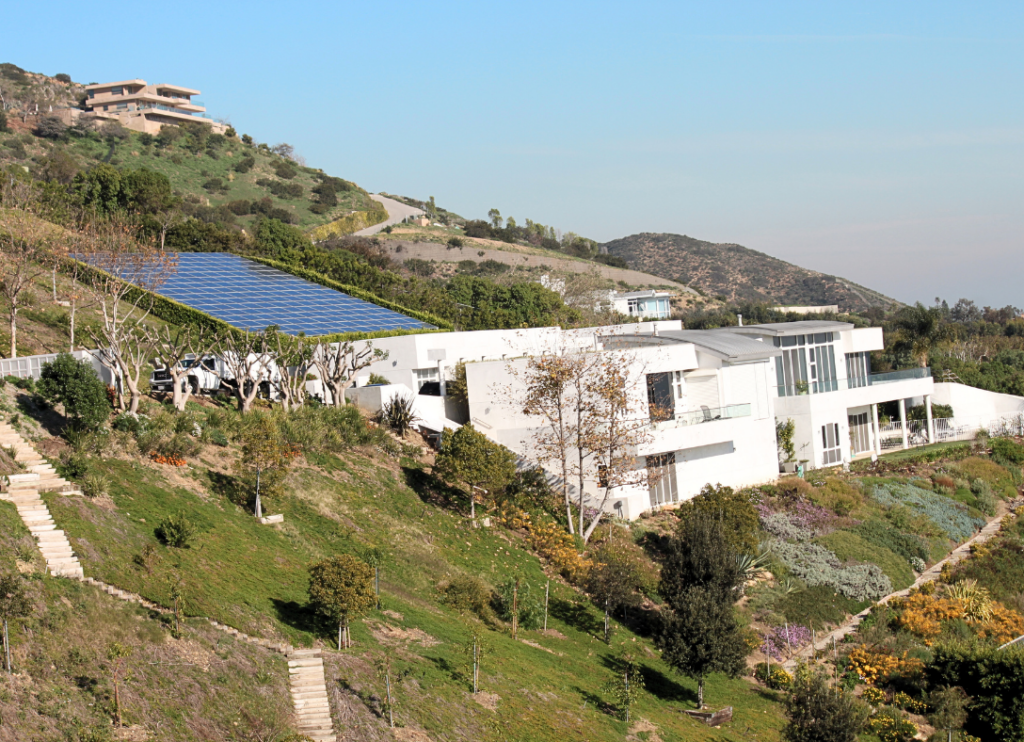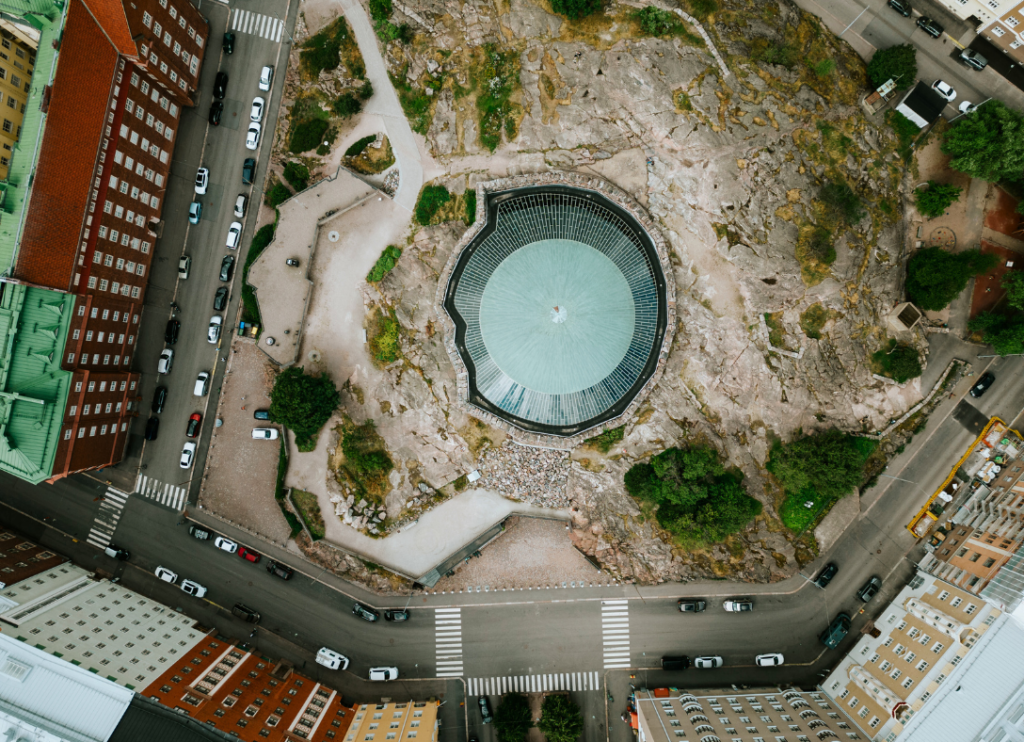Embodying a perfect blend of innovative design and natural beauty, Richard Neutra’s coastal designs stand as some of the most iconic examples of modern architecture in California. Known for his mastery of integrating architecture with the surrounding landscape, Neutra’s work was deeply influenced by the landscapes of Southern California, where light, air, and ocean breezes are essential to the living experience. .
His distinctive use of glass, open floor plans, and natural materials like wood and stone allowed his homes to breathe with their environments, making them stand as functional and harmonious spaces. While many of Neutra’s most notable works are located in urban and hillside settings, several of his designs capture the essence of coastal living, where the boundary between indoors and outdoors is often blurred.
In this article, we explore five of Richard Neutra’s most celebrated coastal homes, each showcasing his unparalleled ability to craft living spaces that both reflect and respond to the beauty of the California coast.
A Bit About Richard Joseph Neutra Before We Begin

Born in Vienna and later settling in Southern California, Neutra’s approach to design was rooted in the International Style, yet he was remarkably attuned to the unique landscape of California. His ability to merge cutting-edge modernist design with the natural beauty of the coast cemented his status as one of the most iconic architects of the 20th century.
Neutra’s coastal designs are particularly significant because they embody a seamless relationship between architecture and the natural world. This characteristic architectural identity continues to influence contemporary coastal homes today.

Neutra’s work in coastal California remains iconic because he understood that modern architecture should not merely sit in contrast to the environment but should work in harmony with it. His designs for homes, motels, and commercial buildings, particularly along the coast, reflect this ethos.
Through his expansive use of glass, open floor plans, and organic materials, Neutra created spaces that invited the natural surroundings into the home, allowing light, air, and even the ocean breeze to flow freely through his designs. This focus on integrating the environment with modern living helped establish Neutra as a visionary in coastal architecture, making his work a lasting influence on the evolution of California’s coastal homes.
Neutra’s Architectural Influences
Richard Neutra was deeply influenced by several key figures in the development of modern architecture and his work was shaped by both his education and professional experiences. One of his most significant early influences was Walter Gropius, the founder of the Bauhaus school, where Neutra studied in Germany before moving to the United States. Gropius’ emphasis on functionalism and the use of modern materials like glass and steel profoundly impacted Neutra’s design philosophy.
Neutra also worked closely with Frank Lloyd Wright, whose organic architecture and innovative use of space left a lasting impression on him. Although Neutra’s style was more aligned with the International Style, Wright’s ability to connect architecture with its natural surroundings influenced Neutra’s later designs, especially in coastal areas like California. Neutra was particularly drawn to Wright’s use of natural materials and the integration of indoor and outdoor living spaces.
Additionally, Neutra was a student of Adolf Loos, an Austrian architect known for his rejection of ornamentation and his focus on function over decoration. This minimalist approach became a central tenet of Neutra’s work, as he sought to create clean, simple lines that allowed the surrounding landscape to be the focal point of his designs.
5 Coastal Homes Designed by Richard Neutra
The Holiday House Motel (Malibu, California)
First on our list of Richard Neutra homes is technically a hotel. Nestled in the heart of Malibu, the Holiday House Motel truly captures Richard Neutra’s seamless approach to modern coastal architecture. Set against the stunning backdrop of the Pacific Ocean and surrounded by a grove of olive trees, this mid-century design is still an immersive experience in the rhythm of coastal living. Known for his mastery of integrating architecture with nature, Neutra crafted a space that effortlessly embraces the environment while providing guests with privacy and tranquility.
A Design that Breathes with the Landscape
The motel’s design is as thoughtful as it is beautiful. In fact, it is a quintessential example of the International Style. Characterized by clean lines, minimal ornamentation, and the use of modern materials, the motel reflects the core principles of this architectural movement.
Comprising three distinct groupings of accommodations, each unit is connected by a continuous fascia that ties the structure together. Yet, Neutra’s attention to privacy is paramount—spur walls, covered in climbing vines, separate the spaces while maintaining the sense of openness that is central to his coastal philosophy.
Carefully selected to mirror the natural surroundings, the materials include eucalyptus plywood, redwood tongue-and-groove siding, and Roman brick. From the hardwood floors to the intriguing roof lines, each element contributes to a feeling of warmth and permanence that echoes the natural beauty outside.
Large glass windows allow the interior spaces to open up to the surrounding landscape. This makes the Pacific Ocean and the olive trees a permanent part of the motel’s atmosphere. The design is airy yet intimate, with transparency and texture playing key roles in shaping the experience.
Neutra’s use of transparent white “Rippolite” plastic fencing subtly defines spaces while allowing natural light and coastal breezes to filter through—capturing that perfect balance of indoor and outdoor living.
A Retreat for Hollywood Icons
Though designed primarily as a motel, it became a retreat for some of the most iconic figures in Hollywood during the mid-century. James Dean, among others, found solace here—drawn to the motel’s serene ambiance and modernist allure.
But celebrities didn’t come here just to escape. The motel became a destination—a place where the world of fame and the peace of the coast met in a perfect blend of style and simplicity.
Neutra’s work captured the spirit of Malibu itself—laid-back yet luxurious, effortless yet enduring. In the motel, modernism was not an aesthetic but a way of embracing and living with nature. The Holiday House Hotel offered both a physical and emotional retreat from the outside world.
Lovell Health House (Los Angeles, California)
A Richard Neutra house built in Los Angeles near Santa Monica Canyon, this home may not sit directly on the coast, but its design became a foundational piece in Neutra’s development of coastal architecture. Designed in 1929, this house was one of Neutra’s earliest forays into modernist principles.
With a striking open, glass-enclosed design, Lovell would later influence many of his coastal projects. The home’s large windows and open floor plans invited natural light and air to flow freely, creating a sense of openness that Neutra would continue to explore in his coastal designs.
How Lovell Connects to the Sea
Though nestled in the hills of Los Angeles, the Lovell Health House embraced the idea of a home that could breathe with its environment. Its design principles—large expanses of glass, minimal ornamentation, and an emphasis on function—set the stage for Neutra’s later coastal homes, where he would utilize these same elements to enhance the connection between the home and its coastal surroundings.
The concept of merging the indoors with nature through open spaces and transparent materials would go on to define many of Neutra’s beachfront residences. This proves that the Lovell Health House was ahead of its time in influencing coastal modernism.
Dr. Joseph Tuta House (Palos Verdes, California)
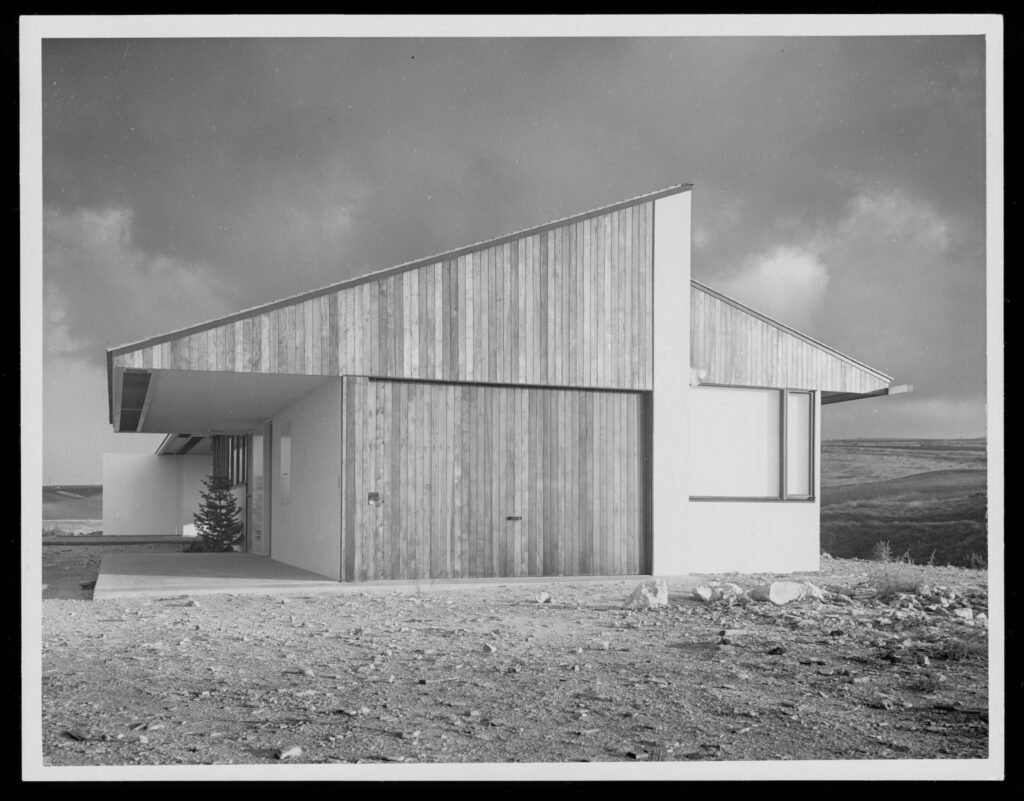
Located in Palos Verdes, the Dr. Joseph Tuta House (1948) is a fine example of Richard Neutra’s mastery in integrating modernist design with the natural surroundings. The home’s striking combination of redwood and white cement plaster stucco creates a seamless contrast that enhances its natural setting, while the clean lines and geometric forms are a hallmark of Neutra’s approach. The house sits on a gentle hillside—offering panoramic views of the landscape that make the surrounding natural beauty a permanent part of the living space.
As seen in the photo, the structure features a low-slung, modernist form with a sharp, angular roofline, which enhances its connection to the landscape. Neutra’s use of natural materials, like redwood, ties the architecture to the environment while maintaining a functional, minimalist aesthetic. This house not only exemplifies Neutra’s commitment to modern living but also his focus on creating homes that breathe with their surroundings—an approach that would later define his iconic coastal properties.
Neutra VDL Studio and Residences (Los Angeles, California)
Located across from the Silver Lake Reservoir, this structure served as Neutra’s family home and studio for nearly three decades. The VDL House is a masterpiece of modern design, where Neutra’s architectural vision evolved and where he explored the integration of living and working spaces. The residence was damaged by a fire in 1963, but Neutra and his son Dion meticulously rebuilt it, preserving its original vision while incorporating newer, more innovative design elements.
As Bianca Barragan writes in this article for Curbed LA, the VDL Studio and Residences was recognized as a National Historic Landmark in 2017, which solidified its place as one of the most significant buildings in understanding Neutra’s architectural journey and influence. The residence showcases Neutra’s continuous exploration of space, light, and materials, with large glass windows, open living areas, and innovative structural elements. The house is unique for demonstrating the progression of Neutra’s style over a span of several years, offering a rare opportunity to experience firsthand how his work transformed through the 1940s.
Today, the VDL House is an educational and cultural site that offers visitors an insight into the development of mid-century modern architecture, and it remains a key property for understanding the national significance of Neutra’s contributions to American design.
While this house is in the heart of Los Angeles, the principles it embodies would influence many of Neutra’s later works along the California coast, where sunlight, air, and views are integral to the design process.
Via De La Paz Residence (Pacific Palisades, California)
Designed by Richard Neutra in 1949 for screenwriters Benedict and Nancy Freedman, the Via De La Paz Residence in Pacific Palisades exemplifies Neutra’s ability to create homes that harmonize with their natural surroundings. The original design featured large glass windows, clerestory windows, and a central patio that divided the living spaces.
A swimming pool, separated from the house by redwood pergolas, added to the home’s connection with nature. In 2017, the residence underwent significant renovations by architect Peter Grueneisen of nonzero\architecture (a local architectural group), who expanded the home by adding a second story and updating the interiors. The renovation respected Neutra’s original design principles—blending seamlessly with the existing structure while enhancing the home’s functionality and connection to the landscape.
Also called the Freedman House, there have been reports that Via De La Paz was lost in the Palisades Fire earlier this year after a beautifully done, extensive restoration.
Other Incredible Properties Designed by Neutra

Richard Neutra’s legacy in coastal architecture is one of transformative influence, blending sleek modernism with the natural beauty of California’s landscape. His homes are dynamic spaces that invite the outdoors in and create a fluid connection between architecture and nature. From the serene, glass-enclosed spaces of the Holiday House Motel in Malibu to the light-filled expanses of the Lovell Health House, Neutra’s designs continue to inspire coastal architects today.
His work exemplifies how modern architecture can embrace its environment—transforming the experience of living into one that is both elevated and deeply connected to the natural world. These five homes, along with many others designed by Neutra, leave a lasting mark on the landscape of California. In fact, he remains one of the most renowned architects of our state and has proven that great design is not just about creating beautiful spaces, but about crafting environments that breathe in harmony with their surroundings.
- Darling House (Los Angeles, California)
- Schmidt House (Los Angeles, California)
- Bailey House (Beverly Hills, California)
- Joseph Tuta House (Malibu, California)
- Neutra House (Los Angeles, California)
- Nick Helburn House (Los Angeles, California)
- Schmidt House (Los Angeles, California)
- Ward Berger House (Beverly Hills, California)
- Melba Beard House (Los Angeles, California)
- Glass House (Los Angeles, California)
- VDL Research House (Los Angeles, California)
- Hines House (Los Angeles, California)
- Alpha Wirin House (Los Angeles, California)
- Lew House (Los Angeles, California)
- Wilkins House (Los Angeles, California)
- Alpha House (Los Angeles, California)
- Baldwin House (Los Angeles, California)
- Atwell House (Los Angeles, California)
- Malve Koblick House (Los Angeles, California)
- Schaarman House (Los Angeles, California)
- Rethy House (Los Angeles, California)
- Everist House (Los Angeles, California)
- Hees House (Los Angeles, California)
- Largent House (Los Angeles, California)
- Sten Frenke House (Los Angeles, California)
- Galka Scheyer House (Los Angeles, California)
- Hammerman House (Los Angeles, California)
- Dion Neutra House (Los Angeles, California)
- Son Dion Neutra House (Los Angeles, California)
- Gregory Ain House (Los Angeles, California)
- Robert Alexander House (Palm Springs, California)
- William Lee Woollett House (Palm Springs, California)
*The featured image for this article can be attributed to: “By Los Angeles – Own work, CC BY-SA 3.0, https://commons.wikimedia.org/w/index.php?curid=4113057”



